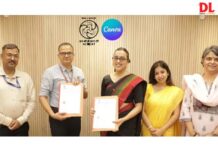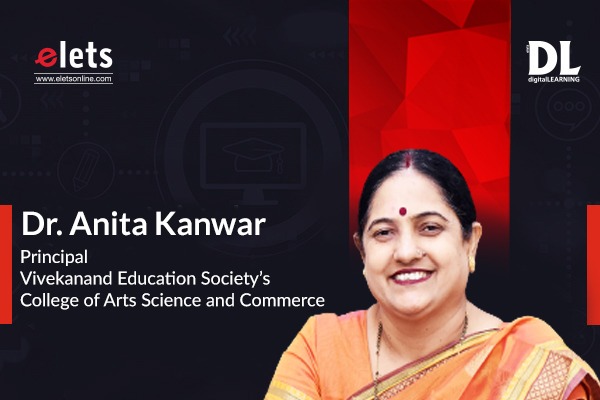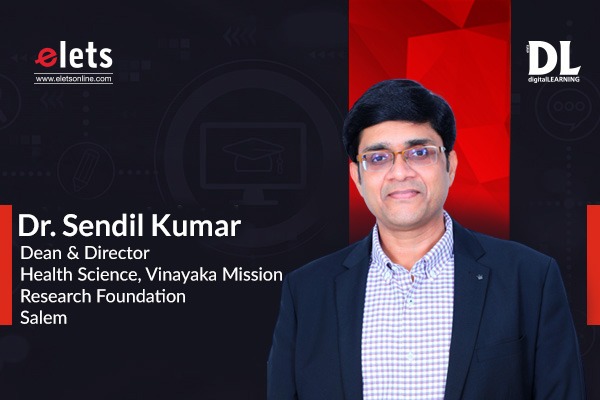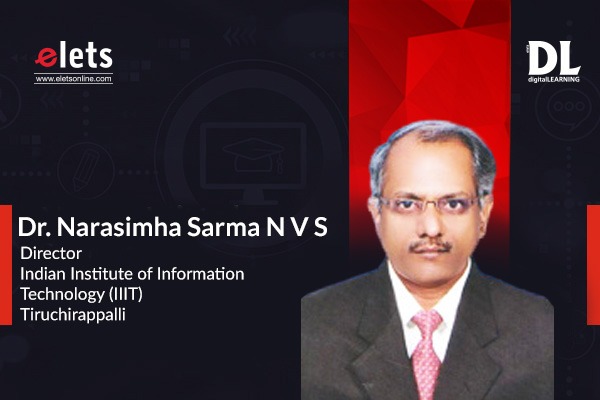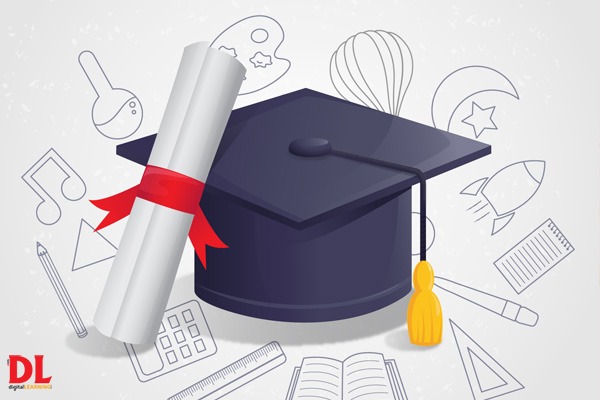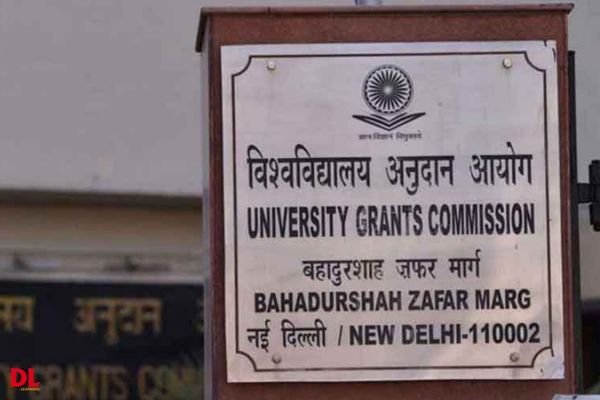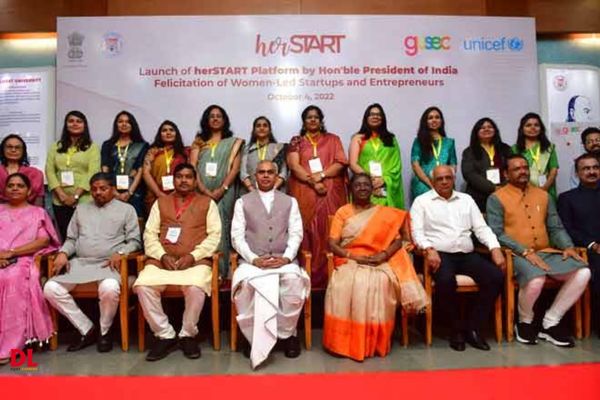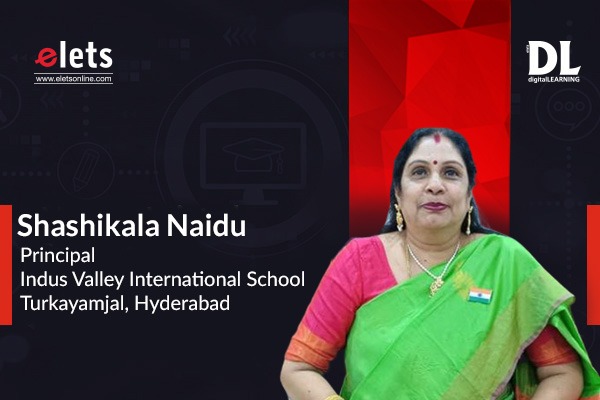The higher education landscape is facing the most unprecedented changes lately. The major shift that occurred is after the launch of the New Education Policy 2020 and then the most unexpected pandemic that hit every sector very hard. There is a wave of evolution and emergence of various new programmes, schemes and opportunities in the space of higher education. The industry stakeholders and education leaders have their own views and thoughts on the evolving realm. With regards to the same, Sheeba Chauhan of Elets News Network interacted with Dr. Narasimha Sarma N V S, Director, Indian Institute of Information Technology (IIIT), Tiruchirappalli to have educator’s perspective on the recent changes. Edited excerpts:
UGC plans to merge university entrance exams into one single exam i.eCUET. What is your take on the “one nation, one entrance exam” criteria?
We all are aware that until 2022, every Central University has its own distinct mechanism for providing admission to the students into their UG programs. For bringing more unification in a refined manner in this process, the MoE (Ministry of Education) has introduced CUET which will be conducted by NTA as a common exam for UG admissions by the Central and many other Universities across the nation.
I personally feel as an educator that education is best served when it is based on the foundations of uniformity and equity. In this aspect, the one nation and one entrance can serve various purposes in a gradual manner in the long run. In the current scenario, I would like to stress the fact that first of all, education should serve as a tool for bringing parity and equality for all the aspirants, or we can say to all the students.
Yes, this policy can provide all the students who idealise certain dream institutions and universities to convert their aspirations into a reality by taking on the brighter side. As the excessive weightage given to the marks obtained in class 12th is going to be no more the yardstick or defined standard criteria for higher education.
If you still take the chance, prepare well so definitely it can be rendered a rank in any of your dream universities with equal chances or probability. It doesn’t mean that exactly we are not giving any priority to marks obtained in class 12th as the syllabus itself would be based on the class 12th, which can be used as tiebreakers as announced by the University of Delhi if the same marks have been obtained by two candidates in CUET.
But yes too much or excessive weightage will perish which may pave the way for equality and opportunity for the students. Also, structural changes created through this policy need action on various fronts. If applied and implemented in the desired manner, it can be a way forward for the educational transformation in India to make UG admissions more balanced in the future.
Let me highlight certain aspects through various lenses which I should not forget to mention here. Education has a multidimensional stakeholder approach and for that, we have to emphasise the various aspects from the administrator’s perspective, institutional perspective, and of course most importantly from the learners’ and students’ perspectives.
As an administrator, it can be mentioned easily without much complicacies that it would be good and easier to monitor and regulate with needful efficacy.
From the institutional perspective, if we talk about the education sector it’s very heterogeneous in nature when it comes to the ground realities. Certain educational institutions will follow it stringently but there may be a group that will not be adhering stringently with the desired practices. Yes, the process may become more regulated and easy to implement but 360-degree monitoring doesn’t seem viable at a very preliminary stage.
The market has its own mechanism and can have vested interests. It can derive the probabilities and opportunities for profitability and exploitation at every stage and policy changes can be the best opportunity to serve them at the best.
We are very well aware that how there has been a boom in the market for various competitive examinations in India. The market acts smartly when it harnesses the benefits of the opportunities available to it for maximising profits.
The colleges, schools, and other Institutions, when started to conduct the exams and prepare the questions paper, it was motivated by the market for all-in-one solutions readily available to all. Millions of copies were sold and we came with the emergence of the market for ready made solutions for cracking the toughest exams. Let’s not put much time on that practice that how many students actually got benefitted out of that practice of the ready made all-in-one solution series and materials.
Yes, I am not denying that it should not be the criteria but what I want to say here is we are not completely ready for one nation and one exam at present. Rather it will further give a boost to the existing market for all in one series and markets with the vested interest to exploit the maximum by one exam and one solution.
The fundamental approach seems justifiable as the stress related to the 12th class should be managed and oriented properly so that one exam of life should not become a most crucial decisive factor for your children throughout their life. Rather it would be giving a second chance to them to rework their dreams and aspirations. It may be also crucial to address the challenges associated with the subjective biases in integrated courses such as Physics, Chemistry, Maths (PCM), Physics, Chemistry, Biology (PCB), Arts/humanities, Basic Sciences, and social sciences.
But let’s not forget that the issue which we are trying to address through one nation and one entrance should not fall into the trap of creating the opportunity lags again. Like JEE and NEET, it could be conducted at least in various slots so that in a real sense it should become an inclusive and sustainable opportunity for attaining higher education in the future. In my personal opinion, it would be fine if we gradually start it taking in varied ways with a more logical and inclusive approach. The policymakers and administrators should understand the pros and cons and then proceed with this aspect in the 360-degree aspects.
Recently, IITs announced to introduce medical courses. Can multi directional courses degrade the education standards of such premium institutes?
On this aspect, I would like to mention that the recent announcements by the CFTIs regarding introducing medical courses should be considered as a welcoming step. It should not be portrayed in the wrong fashion by the vested interest. These premier institutions can provide the best technological platform and help the nation to address various challenges faced by the economy in terms of the lack of technology, technological feasibility, and redundancy.
The motive behind integrating medical with engineering was altogether different and it seems to be portrayed completely differently. Because healthcare systems are vast and complex, introducing the same at the research level in the premier engineering institutions can help us to work on multiple aspects and necessary tasks such as developing artificial organs, building machines to aid in the diagnosis, providing technical support for medical technology, training clinicians in machine use, and even more.
The world is talking about AI-driven solutions and we must acknowledge the role of technology in medicine and the medical sector. The engineering endeavours clubbed harmoniously with precision medicine can do wonders. Let’s acknowledge that the developing technologies such as medical diagnostic machines, medical instruments, artificial organs, joint replacement parts, and prosthetic devices all with the goal of improving the health and quality of life for others.
We have to portray this correctly in the minds of the public and also the decision makers and critics. When this idea was conceptualised the major intention was to develop and promote multi-disciplinary and collaborative research endeavours. It was thought that the interaction point should be at somewhere at either in master’s level or Ph.D. and super-specialty for creating a harmonious integration for these courses with a combination like health and technology interaction and nexus.
I should mention here proudly the efforts by our Indian labs and native technologies which have set an example to the world leaders and pharma giants that any health emergency can be managed and tackled even when confronted with various challenges. What can be more exemplary than the COVID vaccine which was provided to a majority of the Indian Population eligible to receive the dosage.
Pharma and health sector market is fragmented which can lead often to monopoly trade practices. Monopoly becomes a challenge when we are dealing with lifesaving technologies, drugs and interventions to mention a few here. Technical support and collaboration with the medical sector by envisaging medical expertise can be the best way to break the Monopoly by some of the famous MNCs.
Rather than degrading the educational standards of the premier Institutions like IITs, NITs, and IIITs, I feel that this can be promotive for market equilibrium accompanied by technical, economic, and allocative efficiency in the consumption and production of healthcare services in India.
The technological innovations at each stage of the product life cycle can be crucial. The collaborative efforts and education of the engineering and medical sector can contribute to significant cost reduction during the production process, and manufacturing. The cost of clinical trials and needful laboratory and real-time testing would decline significantly if the technology and methods are designed indigenously.
The market will be more fair and balanced from both supply and demand perspectives. The gap needs to be filled in the desired manner. The information system available in the healthcare facilities can be improved if desired interaction can be facilitated between the mentioned sectors. People will have a positive idea for availing healthcare rather than abstaining from the healthcare as it would be simpler, easier, painless, and most importantly affordable which can help the nation to achieve the Sustainable Development Goals (SDGs) and Universal Health Coverage by 2030 as mentioned by the UN.
It is witnessed that there is a huge gap in learning practices for fresh graduates to perform well in the industry. How could we bridge the gap between colleges and cubicles?
For bridging this gap between the Institutions and Cubicles, what I feel is let’s focus on training first the teachers or trainers in the Industrial employability and engagement orientation. By giving appropriate training to the faculty, we can help in addressing this gap significantly. They should be trained for practice and professing hand in hand. As academicians, initially the teachers were not deeply orientated or trained for the industry. Once a teacher joins the profession, they should be trained and oriented towards industry exposure and engagement at least for the first three years of their career.
They should be encouraged and motivated to regular interaction with industry so that they can explore the vast potential of the industrial sector. However, this process would go hand in hand and needs to be balanced from both sides harmoniously.
Yes, being teachers they should be eager to explore the industrial aspects, however, the industry should be also willing to provide the necessary hand holding as well. The Industry should also step forward and take its own initiative in training the faculty and students. Just like the initiatives of corporate social Responsibility, the industrialist and manager must invest their time in teaching, training, and hand holding at each stage. The cost incurred here at the initial stage of training can be a lucrative investment in the long run period for both industry and academia along with the whole nation.
The interaction needs not to be always physical rather it can be supplemented with barrier-free interactions by using virtual platforms as well. With the advances in technology, now these interactions can be more real-time based due to the availability of various alternatives which are hassle-free and can be easier with multiple platforms where either group work can be assigned or some task-based work can be given to explore the vast potentials which can be realised with this interaction.
Leisure can be clubbed with learning where people can join each other and some destinations can be explored along with the training to make it more fun rather than routine. It would happen in a way where learning by following the integral education.



